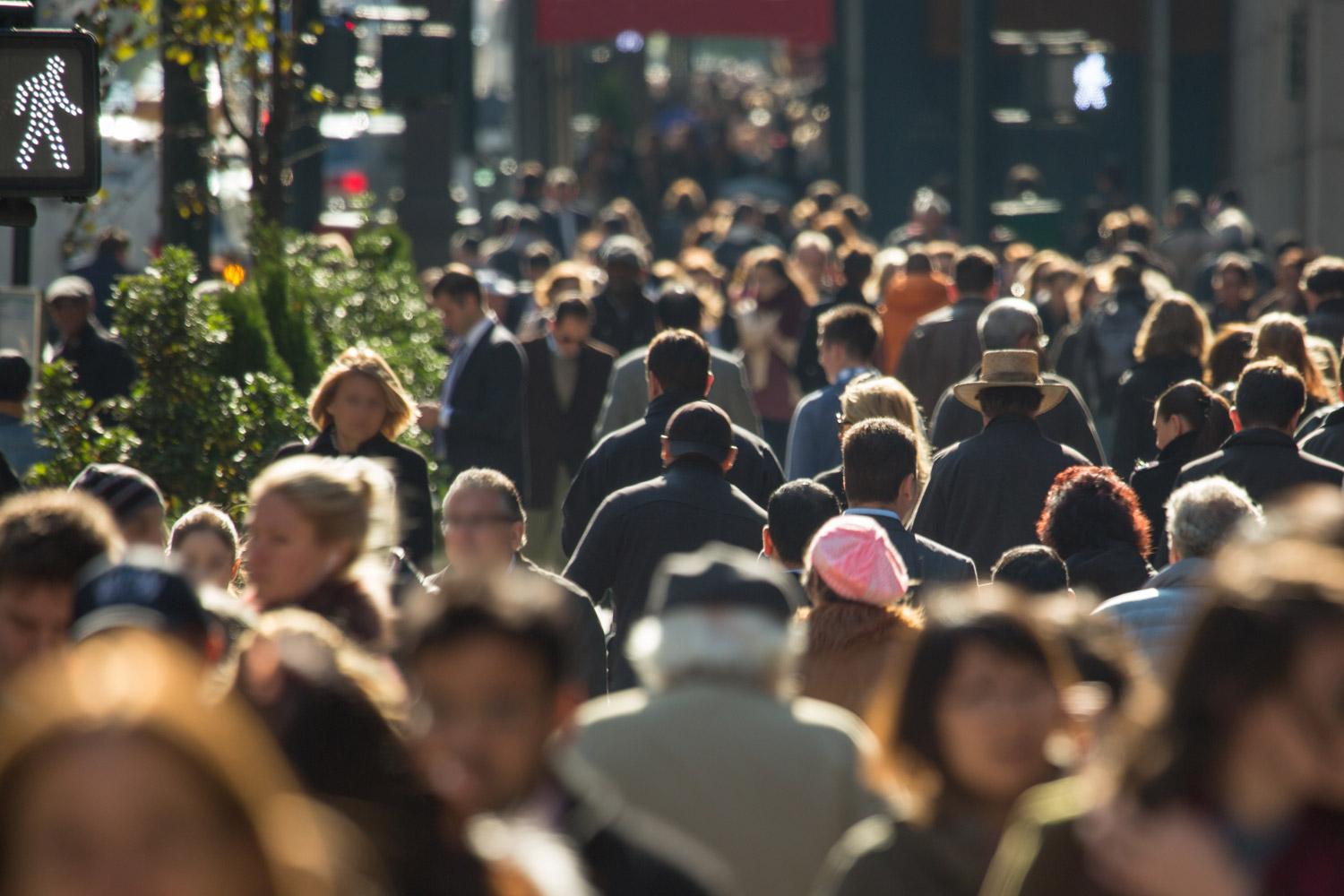
End of Communism in Czechoslovakia
SUMMARY/TIMELINE AT THE BOTTOM IF YOU ARE IN A RUSH
Brief history of communism in Czechoslovakia
Prague Spring 1968
Vaclav Havel, 1936-2011
“None of us know all the potentialities that slumber in the spirit of the population, or all the ways in which that population can surprise us when there is the right interplay of events.”
(Vaclav Havel)
“I really do inhabit a system in which words are capable of shaking the entire structure of government, where words can prove mightier than ten military divisions.”
(Vaclav Havel)
Vaclav Havel was to become the last president of Czechoslovakia (1989-1992) and the first president of Czech republic (1993-2003), yet he spent his early years in Prague as a playwright, who used the absurdist style to critique communism. Havel was blacklisted after the invasion of Czech, which only made him all the more politically active, founding dissident initiatives such as Charter 77 and the Committee for Defense of the Unjustly Persecuted and participating in the Prague Spring. His most influential creation was the Civic Forum party, which played a major part in the Velvet Revolution and was instrumental in dismantling the Warsaw Pact and expanding NATO membership east.
Havel's Parties
Charter 77: the document itself was a declaration and petition of human rights authored by about a dozen Czechoslovakians (including Vaclav Havel) in 1977, and it spawned the Charter 77 human rights reform movement.
Committee for Defense of the Unjustly Persecuted: dissident organization largely founded by Charter 77 signatories aimed at protecting political dissidents.
Civic Forum: purpose was to unify dissident forces in Czechoslovakia and overthrow the communist regime.
Velvet Revolution 1989
- In 1989 communism had a fairly strong hold on Czechoslovakia, where speaking of the Prague Spring was taboo and leaders supported perestroika, but made few demonstrations. Discontent with the government, living standards, and national economic failings was fairly widespread, and in 1988 the first anti government demonstrations occurred, though rapidly dispersed by police.
- The revolution was sparked by the people’s support of Havel during his 1989 imprisonment, which led to the signing in the summer of 1989 of a petition calling for the end of censorship and the beginning of drastic political reform as well as the occurrence of revolutionary developments against authoritarian power in neighboring countries and the fall of the Berlin Wall on November 9th 1989.
- The revolution began on November 16th with a peaceful demonstration by students and teachers, who sent a delegation to the ministry of education to discuss demands. Over the next eleven days, the student/teacher and artistic/literary communities led the revolt. As all media was controlled by the government, actors read a proclamation in theatres across Czechoslovakia calling for a general strike on November 27th. Students and theatres then go on a permanent strike and demonstrations dot the country including a mass demonstration on November 21st in Wenceslas Square in Prague.
- As media workers join the strike, televisions begin to provide true information about the events in Czechoslovakia and on November 24th the President retires, replaced by moderate communist Karel Urbanek.
- After a press conference with the new government in which none of the people’s demands were met, the general strike takes place as planned on November 27th, involving 75% of the citizens. On this day, the ministry of culture ended censorship and released anti-communist literature for public checkout in libraries.
- On November 29th, the provision in the constitution referring to the leading role of the communist party was deleted and Havel became president. A parliamentary republic was established and his leadership was legitimized in free elections the following year.
Map From then
Communist Czech Flag
Map from now (its two countries)
....in short....
1948-social democrat Edward Benes appoints cabinet of communists and allows Czechoslovakia to be taken over by communists.
1968-Prague Spring-reforms under liberal Dubcek “socialism with a human face”, leads to Soviet invasion of Russia.
November 1989- Velvet Revolution, demonstrations by literary/artistic/student communities.
November 27 1989-Strike involving 75% of citizenry, censorship ended.
November 29 1989-Provision calling for one party (communist) government is deleted, Havel becomes president.













